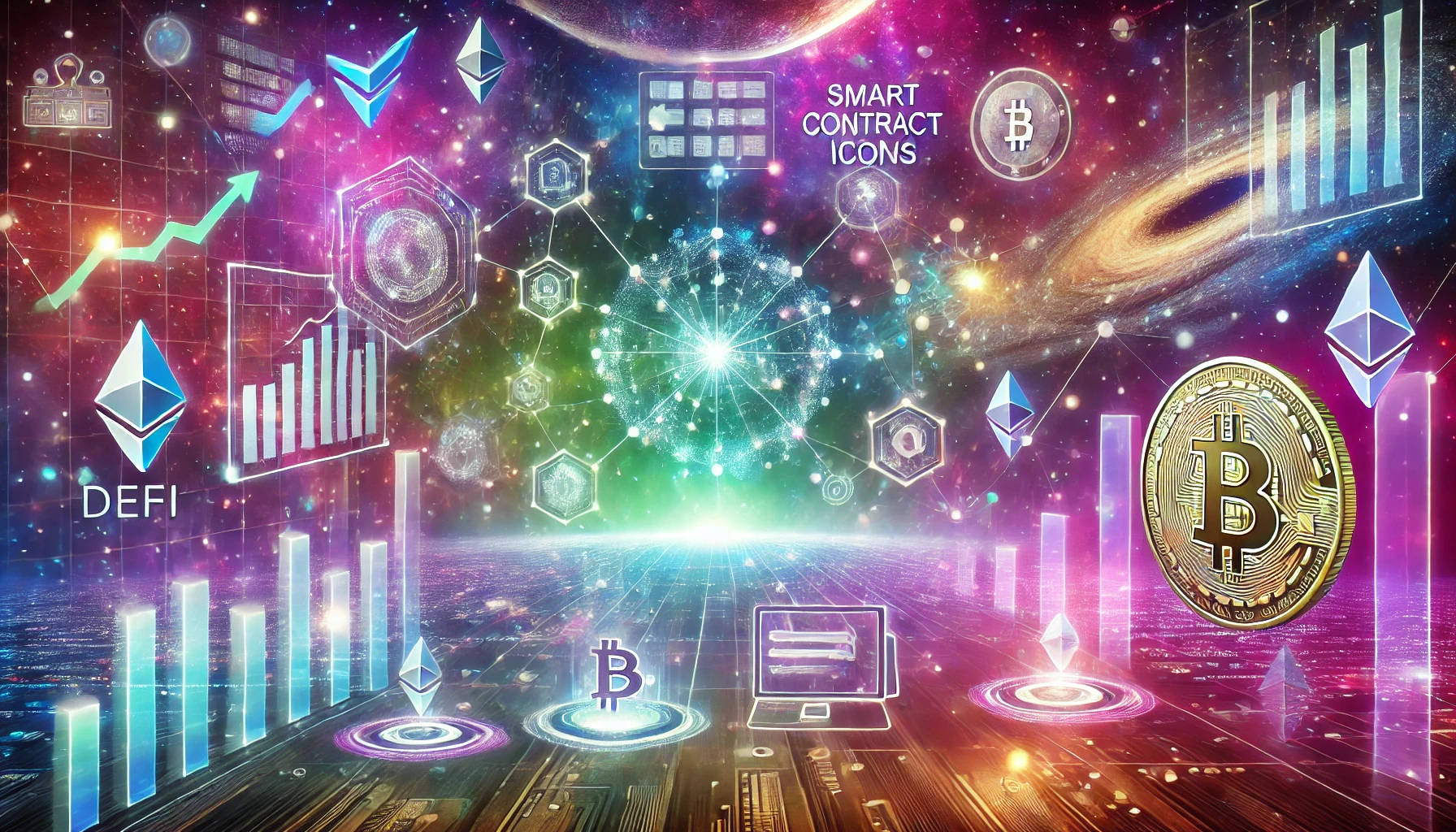Understanding Cryptocurrency
In recent years, you’ve probably heard the term “cryptocurrency” being mentioned often, whether it’s in the news, online, or from friends and family. But what exactly is cryptocurrency? Why has it become so popular, and what makes it different from the money we use every day, like dollars, euros, or pounds?
Let’s break it down in simple terms.
What is Cryptocurrency?
Cryptocurrency is a type of digital or virtual money. Unlike traditional money that we hold in our wallets or keep in banks, cryptocurrency exists only online. It is not issued or controlled by any government or financial institution. Instead, it relies on advanced technology called blockchain to keep track of transactions.
The most popular and widely known cryptocurrency is Bitcoin, but there are many others, like Ethereum, Ripple (XRP), Litecoin, and Dogecoin. Each of these cryptocurrencies works in a similar way, but they have unique features and uses.
How Does Cryptocurrency Work?
To understand how cryptocurrency works, let’s use a simple example:
Imagine you want to send money to a friend who lives in another country. With traditional money, you would probably use a bank or an online payment service, like PayPal, to do this. These services act as intermediaries, ensuring that your money reaches your friend and keeping a record of the transaction.
With cryptocurrency, there are no intermediaries. Instead, the transaction is directly made between you and your friend, using the power of blockchain technology. Blockchain is like a digital ledger, where every transaction is recorded in a chain of blocks. Once a transaction is recorded on the blockchain, it cannot be changed or erased. This makes cryptocurrency very secure.

What is Blockchain?
A blockchain is a special type of database or record-keeping system. Imagine a public notebook that everyone can see, but no one can erase anything from it. Each time a new transaction happens, it gets written into a “block.” When a block is full, it is linked to the previous one, forming a chain of blocks—hence the name “blockchain.”
Because this ledger is shared across many computers (called nodes), no single person or organization controls it. This makes cryptocurrency transactions transparent and harder to tamper with.
Why Do People Use Cryptocurrency?
Decentralization: Traditional money is controlled by governments and banks. Cryptocurrency, on the other hand, is decentralized. This means no one person or organization has full control over it. Many people like this because it gives them more freedom with their money.
Security: Cryptocurrencies use strong encryption techniques, making it difficult for hackers to steal or alter your funds.
Fast Transactions: Sending cryptocurrency across the world can be faster and cheaper than traditional bank transfers, especially when it comes to international payments.
Investment: Many people buy cryptocurrencies as an investment, hoping that the value will increase over time. Some have made a lot of money doing this, but it’s also risky, as the value of cryptocurrencies can go up and down very quickly.
How Do You Get Cryptocurrency?
There are a few ways to obtain cryptocurrency:
Buying it: You can buy cryptocurrencies through exchanges (like Coinbase or Binance) using your local money (like dollars or euros). You can buy a small amount or a large amount, depending on what you want.
Mining: Some people “mine” cryptocurrencies by using powerful computers to solve complex math problems. In return, they get rewarded with new cryptocurrency. This process, however, is not easy and requires a lot of computer power and energy.
Earn it: Some companies or online services pay people in cryptocurrency for doing work, similar to how you might earn regular money for a job.
The Risks of Cryptocurrency
There are a few ways to obtain cryptocurrency:
Buying it: You can buy cryptocurrencies through exchanges (like Coinbase or Binance) using your local money (like dollars or euros). You can buy a small amount or a large amount, depending on what you want.
Mining: Some people “mine” cryptocurrencies by using powerful computers to solve complex math problems. In return, they get rewarded with new cryptocurrency. This process, however, is not easy and requires a lot of computer power and energy.
Earn it: Some companies or online services pay people in cryptocurrency for doing work, similar to how you might earn regular money for a job.
Is Cryptocurrency the Future of Money?
The future of cryptocurrency is still uncertain. Some believe it could revolutionize how we think about money, payments, and financial freedom. Others worry about the risks and challenges it poses. While cryptocurrencies are becoming more mainstream, they are still far from replacing traditional currencies.
However, one thing is clear: cryptocurrency has sparked a major conversation about the future of finance and how we use money in the digital age. Whether or not it becomes a regular part of our lives, cryptocurrencies have already made their mark on the world.
Final Thoughts
Cryptocurrency might seem complicated at first, but at its core, it’s just a new form of money that uses technology to work without middlemen like banks. It has the potential to make transactions faster, cheaper, and more secure, but it also carries risks like price fluctuations and security challenges.
If you’re thinking about getting into cryptocurrency, make sure to educate yourself and understand both the opportunities and the risks. Like any investment, it’s important to be cautious and do your research.







3 Comments
[…] farming is a way for people to earn rewards by providing their cryptocurrency to decentralized finance (DeFi) platforms. In essence, you are lending or staking your crypto to […]
[…] are a type of cryptocurrency designed to maintain a stable value. Unlike Bitcoin or other digital currencies, which can […]
[…] like Aave and Compound allow users to lend their cryptocurrency and earn interest or borrow assets by providing collateral. For instance, you can deposit Ethereum […]